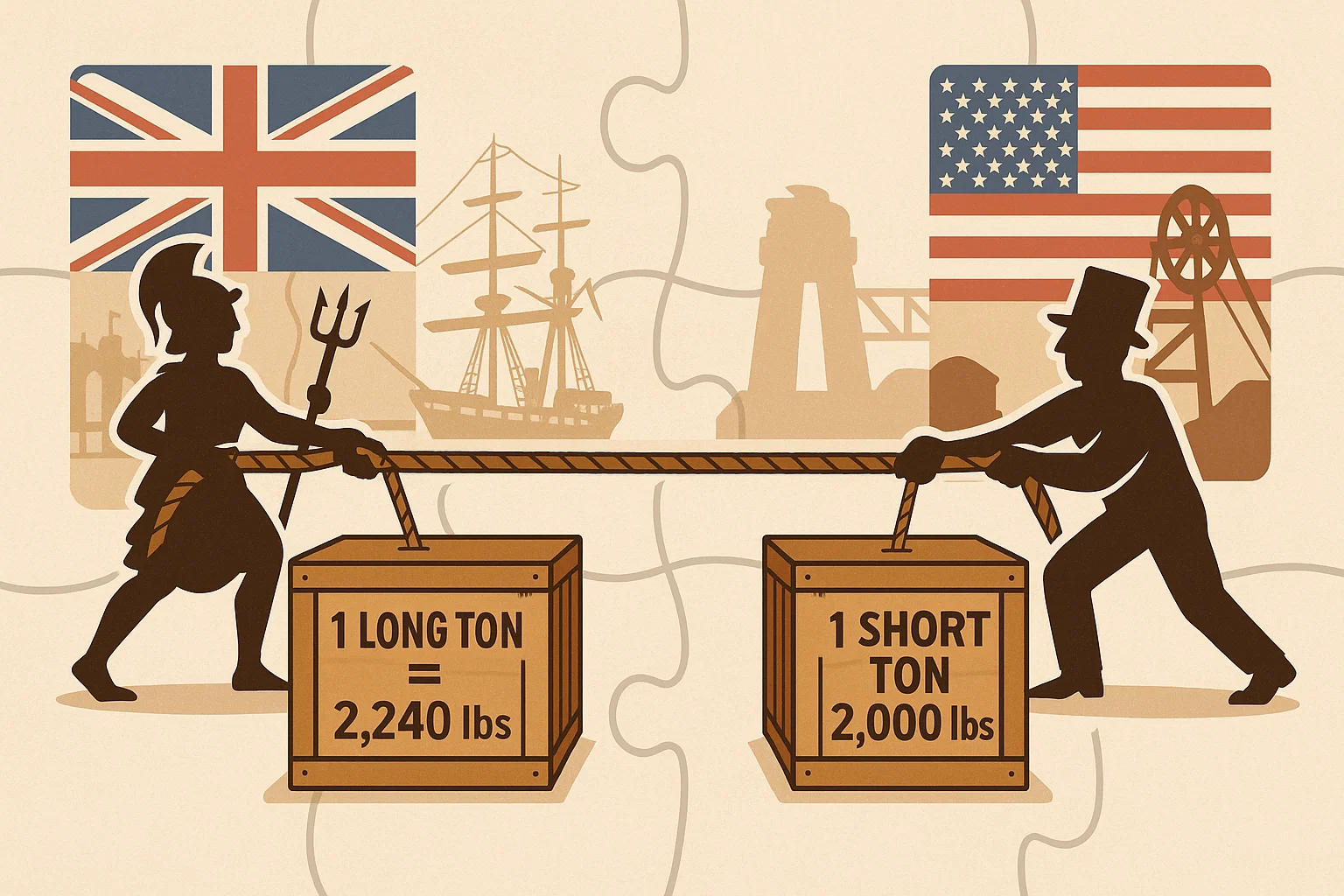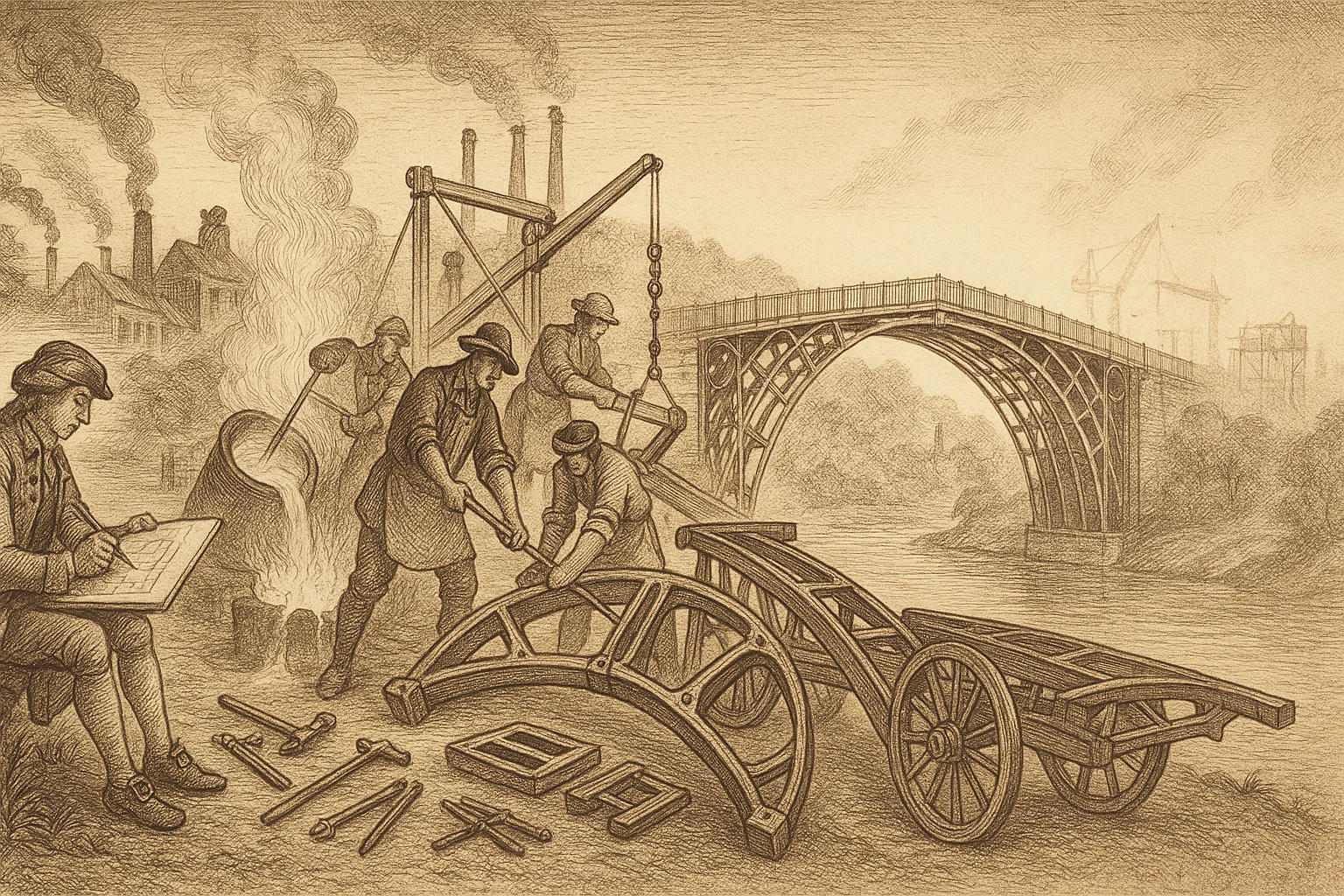long ton to short ton - How to convert UK ton to US ton
Need to convert long ton to short ton? Jetcalculator provides a clear and simple explanation to help you convert UK tons to US tons confidently and accurately.
Long Ton and Short Ton - What do you need?
The long ton, also known as the imperial ton, is primarily used in the United Kingdom and equals 2,240 pounds (or about 1,016.05 kilograms). It was historically used in shipping, naval records, and heavy industrial trade across the British Empire.
The short ton, or US ton, is widely used in the United States and equals 2,000 pounds (approximately 907.18 kilograms). It’s standard in American mining, freight, construction, and commodity pricing.
While both units refer to “tons,” the long ton is about 11% heavier, which makes precise conversion essential. To streamline this, try our weight converter or visit the unit conversion.

How to Convert Long Ton to Short Ton
Use this simple formula:
short tons = long tons × 1.12
For example:
-
1 long ton = 1.12 short tons
-
0.5 long ton = 0.56 short tons
-
2 long tons = 2.24 short tons
You can also use our conversion tools for fast, accurate results without doing the math yourself.
Did You Know?
-
The HMS Dreadnought, Britain’s revolutionary battleship, displaced over 20,000 long tons when launched in 1906.
-
The Statue of Liberty weighs around 225 short tons, including its iron framework and copper skin.
-
British coal exports in the late 1800s totaled tens of millions of long tons each year, fueling global industrialization.
-
U.S. steel production is measured in short tons, with yearly output reaching well over 80 million short tons.
-
The unit was officially defined in the UK’s Weights and Measures Act of 1824, codifying its place in imperial trade.
-
U.S. infrastructure projects like highways and bridges rely on material estimates calculated in short tons — from asphalt to steel.
The Iron Bridge Builder: A Character Story
In the late 18th century, Thomas Farnolls Pritchard, a visionary British architect, designed the world’s first cast iron bridge over the River Severn. Built in 1779, this engineering marvel weighed several hundred long tons and sparked a new era of industrial design.
Fast forward 200 years: a U.S. team worked on a replica of the bridge for a museum project but miscalculated their material needs by assuming the weight was listed in short tons. The discrepancy nearly delayed the build. A British historian on the team caught the mistake, converted the figures correctly, and saved the project — all thanks to clear knowledge of long ton to short ton conversions.

Conclusion
The difference between a long ton and a short ton may seem small, but in heavy industry, construction, and historical records, it makes a big impact. With 1 long ton equal to 1.12 short tons, accurate conversion is key to avoiding costly mistakes.

